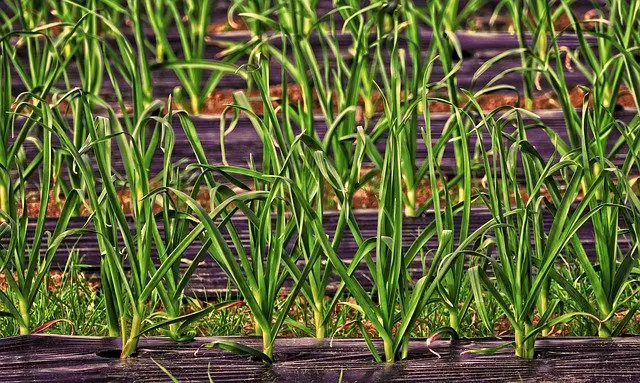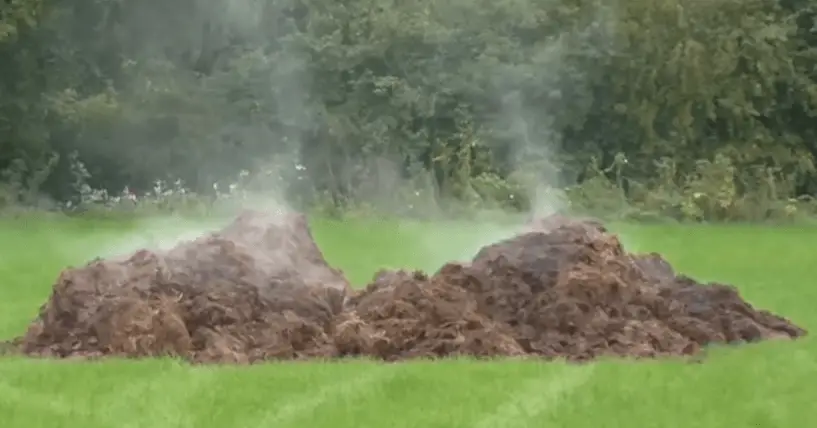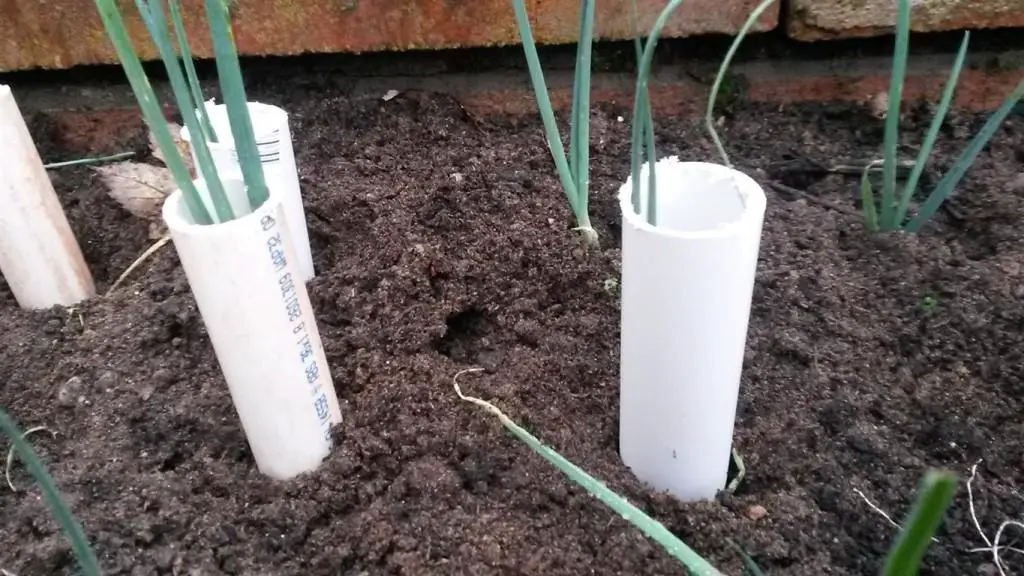
Growing Leeks
Leeks are probably one of the most sought after vegetables for the kitchen table, and knowing how to grow leeks essential for the vegetable gardener. producing a delicious long white bulb, as well as green leaves that can be used to flavour casseroles and soups, as well as countless other dishes; the leek is rich in vitamin A and so a great addition to the average diet.
The leek is of course the national symbol of Wales, as is the Thistle for Scotland, the Rose for England and the Shamrock for Ireland. As such, it is a well known vegetable around the United Kingdom in particular.
Along with the decision to grow leeks , come’s the decision on whether to grow from seedlings or indeed whether to grow your leeks direct from seed. This is along with the kind of leeks you wish to grow, and the ground conditions etc that are necessary for a good crop. These and other facts about growing leeks, will be explored in this article.
, come’s the decision on whether to grow from seedlings or indeed whether to grow your leeks direct from seed. This is along with the kind of leeks you wish to grow, and the ground conditions etc that are necessary for a good crop. These and other facts about growing leeks, will be explored in this article.
Best Soil Conditions For Growing Leeks
Leeks will grow in a wide mix of soil conditions, however to grow a good healthy crop of top leeks, there are certain rules you must follow – as is in fact the case with most plants of course.
First of all, it should be noted that the one ground condition that leeks do not thrive in, is boggy ground. So choosing good, well drained fertile ground (lots of organic matter) with a ph between 6.2 – 6.8 ideally. This is ground in which to plant your seeds or seedling’s to give them the best start in life.
Secondly, to produce the best crop, leeks should be grown in ground that has been heavily manured the previous year if possible.
The reason for this is that if you plant leeks in freshly manured ground, then you will produce a very leafy crop which can be quite tough and stringy. Well rotted compost is ideal to dig in before planting your leeks if organic matter is needed to enrich the soil.
Sowing Leeks – From seed
If you are Sowing leeks from seed, then they should be sown very thinly about 1 inch (25mm) apart, in drills about 6 inches (150mm) apart. Plant just about 1/4 inch below the surface and lightly cover up.
Sowing should be in the early spring around April time. If sowing direct into the seed bed, then placing a cloche over them for the first three weeks or so will encourage early growth as well as protecting from a spring frost.

After about two-three weeks, the leeks should have germinated. The next step is to thin out as soon as possible, so that the leek plants around two inches apart.
When the plants are about 8 inches high in the early summer, then they are ready to plant in their permanent positions – if they are not already there. In any case they must now be thinned out to about 10 inches apart.
When re-planting your seedlings, use a dibber or a sharp stick to make a hole around 6 inches deep by two inches wide. Take your leek plant and trim the roots down to about one inch long (25mm) and trip just a little of the top of the leaves. After placing the leeks in the holes, top up with water.
This will wash the soil around the base of the roots and enable the plant to get established quicker. Fill in the hole around the young plant, or alternatively leave the hole to fill in over time. This will give you a longer white sleeve on the mature leek.
Planting Leeks in a trench
Another way of growing leeks is the trench method, this is done by simply digging a trench in the planting area, about 1 foot deep (250mm) and placing about three inches of well rotted manure at the bottom.

The manure should be covered by about 6 inches of soil. Carefully plant the leeks as described above and be sure that they are firmed around and perfectly upright. Plant about ten inches apart. If more than one trench is required, then dig them about two feet (600mm) apart in case the sides collapse during the work.
How To Care For Leek Plants
During the growing period, then leeks need minimal attention to be sure that the weeds are kept under control by lightly hoeing between them. This helps to keep the soil loose which in turn helps with moisture retention.
If however you have thought ahead…Growing the leeks through a mulch membrane cuts out a LOT of the weeding process, and the leek plants more or less take care of themselves!
Another thing particular to leeks is Blanching.
Blanching Leeks
This is a process designed to keep a nice length of white soft edible leek at the stem of the plant. Rather than letting it all go to leaf. One way to do this is to raise up the soil around the leek as it is growing, similar to the way that a potato harvest can have the drills raised around the young plants, to encourage growth of the tubers and also to stop the potatoes becoming exposed to the sun.
The problem with blanching your leeks is that they can become subject to rot, especially if the soil is particularly wet. This can however be prevented by fitting a collar to your leeks.
This is simply a tube about 3 inches in diameter and up to 12 inches long. Push the collar into the soft earth around your leeks  at or near the end of the growing season, usually around mid to late August, depending on the weather.
at or near the end of the growing season, usually around mid to late August, depending on the weather.

The collar can be made from almost anything (like the plumbers plastic pipe in the picture above!) even brown paper tied on with elastic bands. The soil is then piled up against the plant as described.
Taking these steps will help ensure that your leek harvest, which should be ready from late August right through to the late spring, is in peak condition and ready for the pot !
Leeks grown like this with a long white tuber, makes an absolutely tremendous ‘leeks in cheese sauce’ dish – one of my favourites.
Harvesting Leeks
This should be done as and when you need them, leaving them in the ground until needed. Dig the leeks up with a garden fork, rather than just pulling from the ground, as this will result in you holding onto nothing but a handful of leaves!
If you have to harvest them all, then store either in a box of sand in a cool place; or keep in a cool trench at the side of the plot if you need it for another harvest. Cover the roots lightly with soil, and pick when you need them.
Leek bulbs
A handy by-product of leeks that have been left until the following summer, is leek bulbs. If the leek has gone to flower, then simply nip out the flower stems to get a nice harvest of leek bulbs at the stem of the plant in the summer. These can be used as onions or shallots for casseroles and stews etc.
